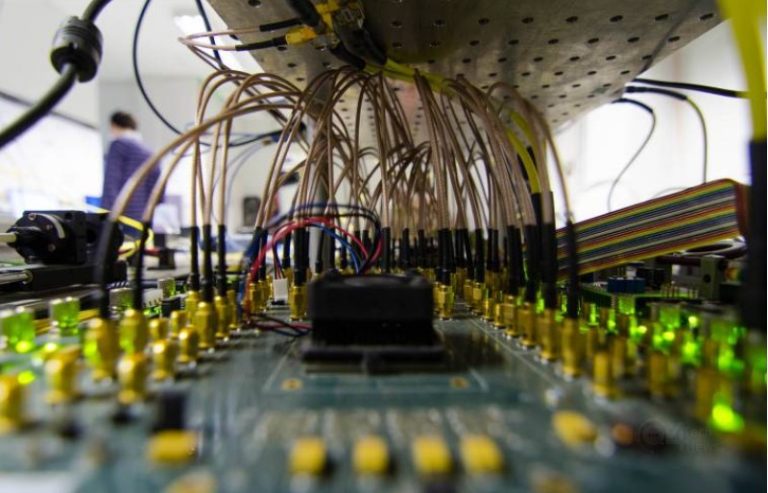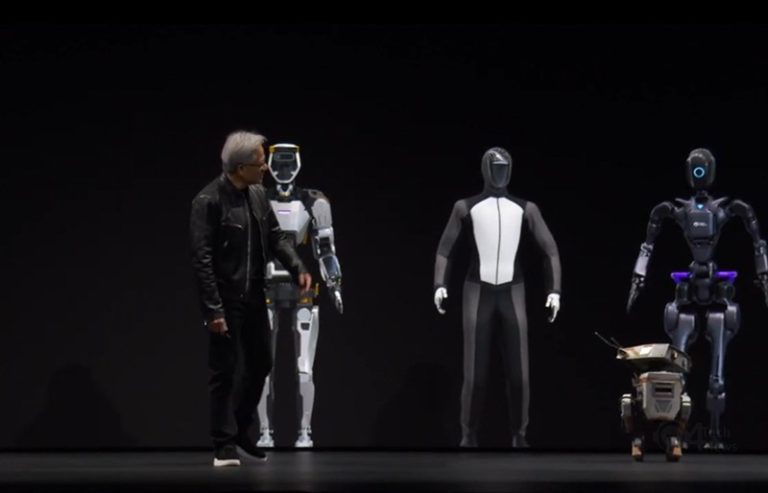The world of biometric security has been shaken by a novel touchscreen fingerprint attack dubbed “PrintListener.” This research, conducted by a team from China and the US, demonstrates the alarming ability to extract partial fingerprints in nearly 28% of cases and even complete fingerprints in 9.3%, exceeding traditional dictionary attacks by a significant margin.

The attack’s ingenuity lies in its unconventional approach. Instead of relying on traditional fingerprint images, PrintListener exploits the unique sound generated by finger swipes on touchscreens. By analyzing these subtle audio cues, the researchers developed algorithms to reconstruct key fingerprint features. This raises a chilling concern: popular apps like Discord, Skype, and FaceTime, which often access microphones during chats, could become unwitting data sources for attackers.
The research delves into the technical intricacies of PrintListener, outlining the sophisticated algorithms used for sound localization, user behavior separation, and feature inference. These advancements enable the attack to overcome the challenges of extracting meaningful information from raw audio data.
Uncovering the Vulnerability of Fingerprint Authentication via the Finger Friction Sound
The real-world implications of PrintListener are far-reaching. It exposes a potential biometric vulnerability in widely used fingerprint authentication systems, raising questions about the security of our smartphones, laptops, and other devices. While the attack requires specific conditions and multiple attempts for complete fingerprint reconstruction, its success rate highlights the need for proactive measures.
This research serves as a stark reminder that no security system is foolproof, especially in the ever-evolving landscape of cyber threats. Here’s what various stakeholders can do to mitigate the risks:
- Users: Be cautious with microphone permissions, especially in apps with frequent swiping actions. Consider alternative authentication methods when available.
- Developers: Implement robust audio security measures like filtering and noise cancellation to make sound-based attacks more difficult.
- Organizations: Stay informed about emerging security threats and adopt best practices for data protection and user authentication.
In conclusion, PrintListener is a wake-up call for the security community and users alike. By understanding the attack’s mechanics and potential impact, we can work towards strengthening biometric security, protecting user privacy, and ensuring the responsible use of these technologies.







